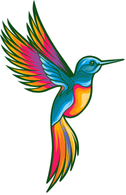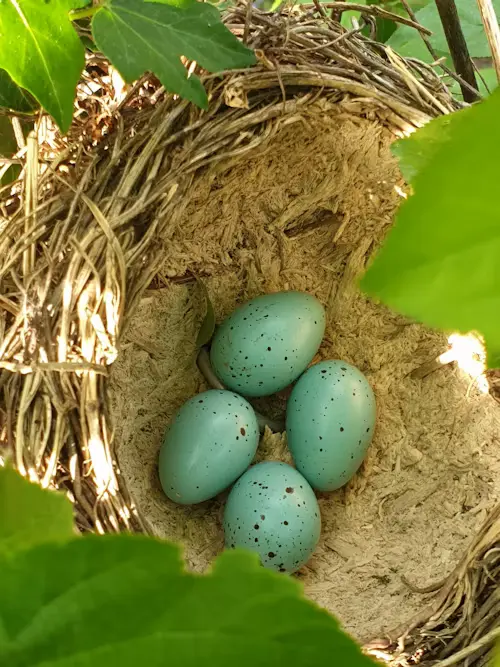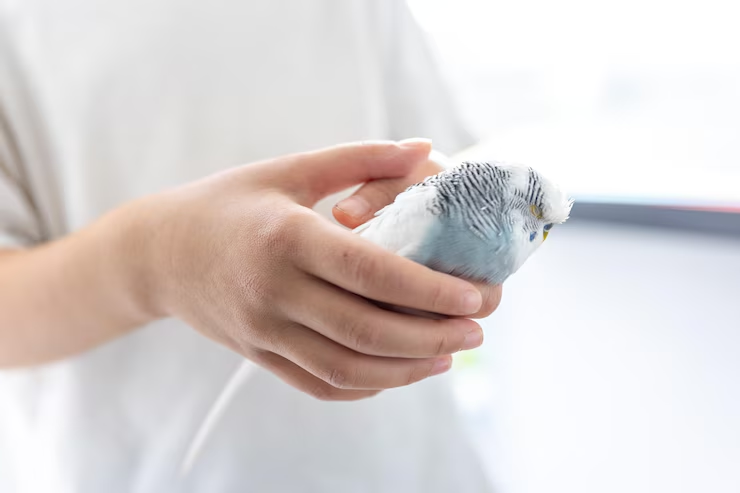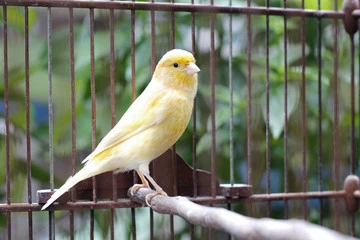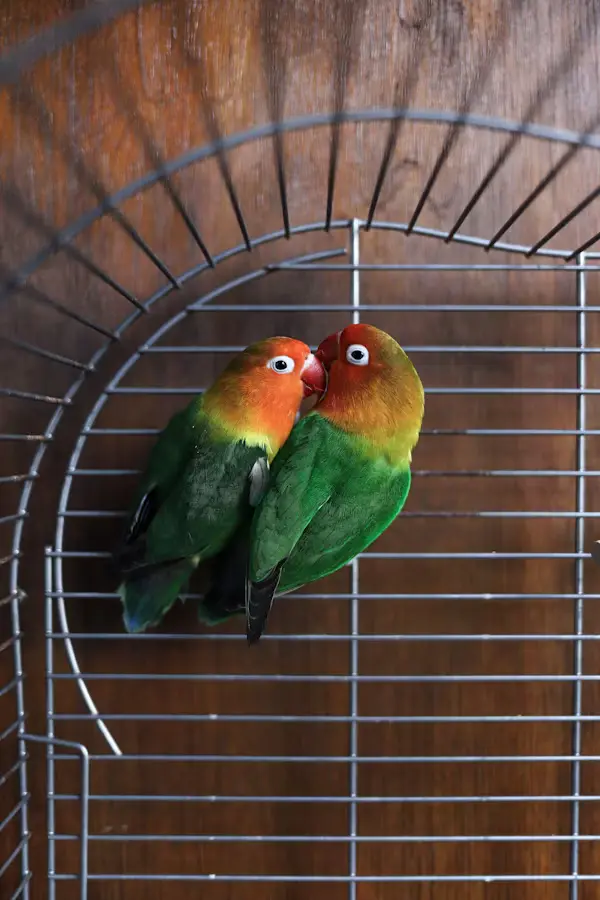Birds Nest 2025: How to Choose the Best for Your Happy Friends
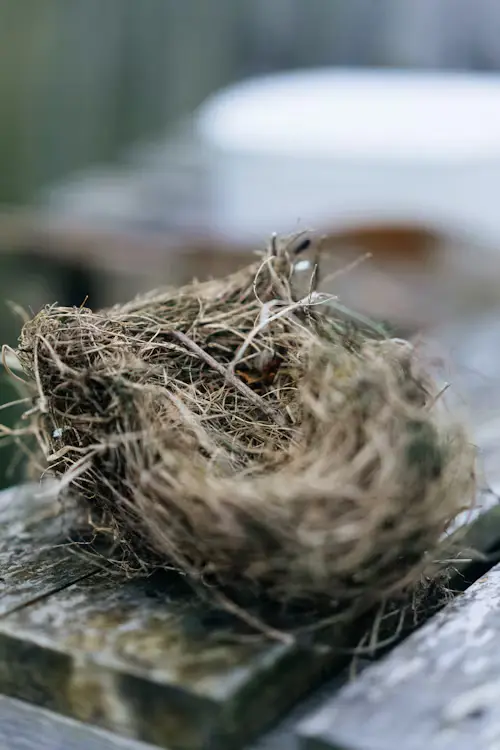
Introduction
Have you ever watched a bird meticulously craft its nest and wondered how nature’s architects get it so perfect every time? Whether you’re a bird enthusiast, a pet owner, or just curious about avian behavior, understanding birds nest 2025 trends is fascinating—and essential for those who want to support their feathered companions or wild visitors.
In 2025, bird nesting habits are evolving due to environmental changes, new materials, and even human influence. From innovative nesting trends to traditional builds, we’ll explore everything you need to know about bird nests this year. Let’s dive into the world of nests—where nature meets creativity!
Table of Contents
Bird Nesting Trends 2025
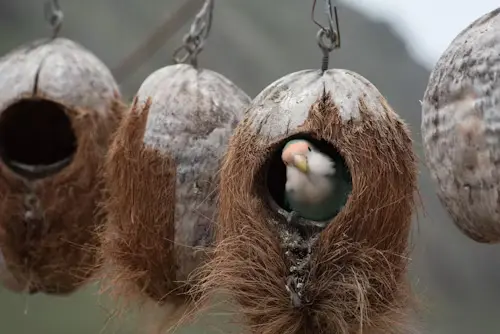
Nesting behavior is shifting, and here’s what’s hot in 2025:
- Sustainable Nesting: Birds are increasingly using recycled materials like twine, plastic, and even urban debris—reflecting human impact on their habitats.
- Reused Nests: Many species now refurbish old nests rather than building from scratch to save energy.
- Climate Adaptations: With changing weather, some birds build in more protected areas, away from extreme temperatures.
- Artificial Nest Boosters: Humans are stepping in with nest boxes and eco-friendly materials to support declining bird populations.
Types of Bird Nests
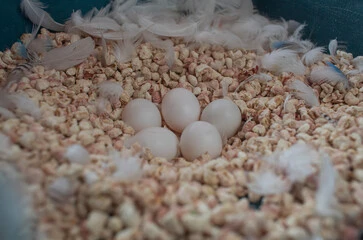
Not all nests are created equal—birds have unique styles based on species, location, and necessity. Here are the most common bird nest types:
1. Cup Nests
- Classic bowl-shaped nests made of twigs, moss, and feathers.
- Preferred by robins and sparrows.
2. Cavity Nests
- Built inside tree hollows or birdhouses.
- Favored by woodpeckers and parrots.
3. Platform Nests
- Large, flat structures made of sturdy sticks.
- Used by eagles and ospreys.
4. Burrow Nests
- Dug into the ground or riverbanks.
- Common for kingfishers and puffins.
5. Hanging Nests
- Suspended from branches using spider silk or grasses.
- Loved by weaver birds and orioles.
| Nest Type | Common Birds | Materials Used |
|---|---|---|
| Cup Nest | Robins, Sparrows | Twigs, Grass, Feathers |
| Cavity Nest | Woodpeckers, Parrots | Wood, Leaves, Moss |
| Platform Nest | Eagles, Ospreys | Large Sticks, Branches |
| Burrow Nest | Kingfishers, Puffins | Soil, Clay |
| Hanging Nest | Weaver Birds, Orioles | Grass, Spider Silk |
Popular Bird Nest Materials in 2025
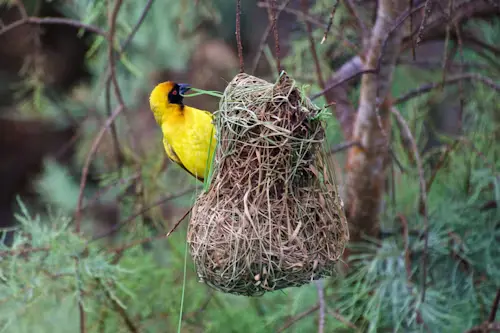
What birds use for construction is as diverse as their nesting styles. Key bird nest materials in 2025 include:
- Natural Fibers: Twigs, grass, moss, and leaves remain staples.
- Human-Donated Items: Yarn, paper, and even discarded plastics (though not always safe).
- Mud & Clay: Still essential for swallows and some burrowing species.
- Recycled Nesting Pads: Some conservation groups provide pre-made nesting bases.
Pro Tip: If you’re helping pet birds or wild visitors, avoid synthetic materials that could harm them. Stick to natural fibers or vet-approved nesting supplies.
Bird Nest Locations: Where to Spot (or Build) Nests
Location is everything! Birds choose spots based on safety, food availability, and climate. Here’s where they’re nesting in 2025:
- Trees & Shrubs – The most traditional spots.
- Urban Areas – Balconies, streetlights, and rooftops are now common.
- Artificial Nest Boxes – Many birds now rely on human-made shelters.
- Underground/Cliffside – For burrow and ledge nesters.
For Pet Owners: Ensure your bird’s cage has nesting-friendly zones if breeding is a goal. Learn more about bird care in our guide for best pet birds for beginners.
FAQs About Bird Nests in 2025
Q: Why are birds using plastic in nests now?
A: Human pollution has left little choice—some birds utilize plastic as it’s readily available, though it can be dangerous.
Q: How can I attract nesting birds safely?
A: Provide natural materials like untreated hay, moss, and untreated wood strips. Avoid synthetics!
Q: Should I remove old nests after breeding season?
A: Some birds reuse them, so only clear them if they’re unsanitary or damaged.
Q: What’s the best nest box for backyard birds?
A: Cedar or recycled wood boxes with proper ventilation work well.
Conclusion
Bird nests in 2025 reflect both nature’s ingenuity and humanity’s impact. By understanding nesting trends, materials, and locations, you can better support wild birds or create a cozy environment for your pet.
Want to learn more about caring for birds? Check out our guide on zebra finches for sale or explore the vibrant world of the Wild Birds Nest—an exciting suggestions for bird fans!
Got a bird nesting story or question? Drop a comment below—we’d love to hear from you! 🐦💬
